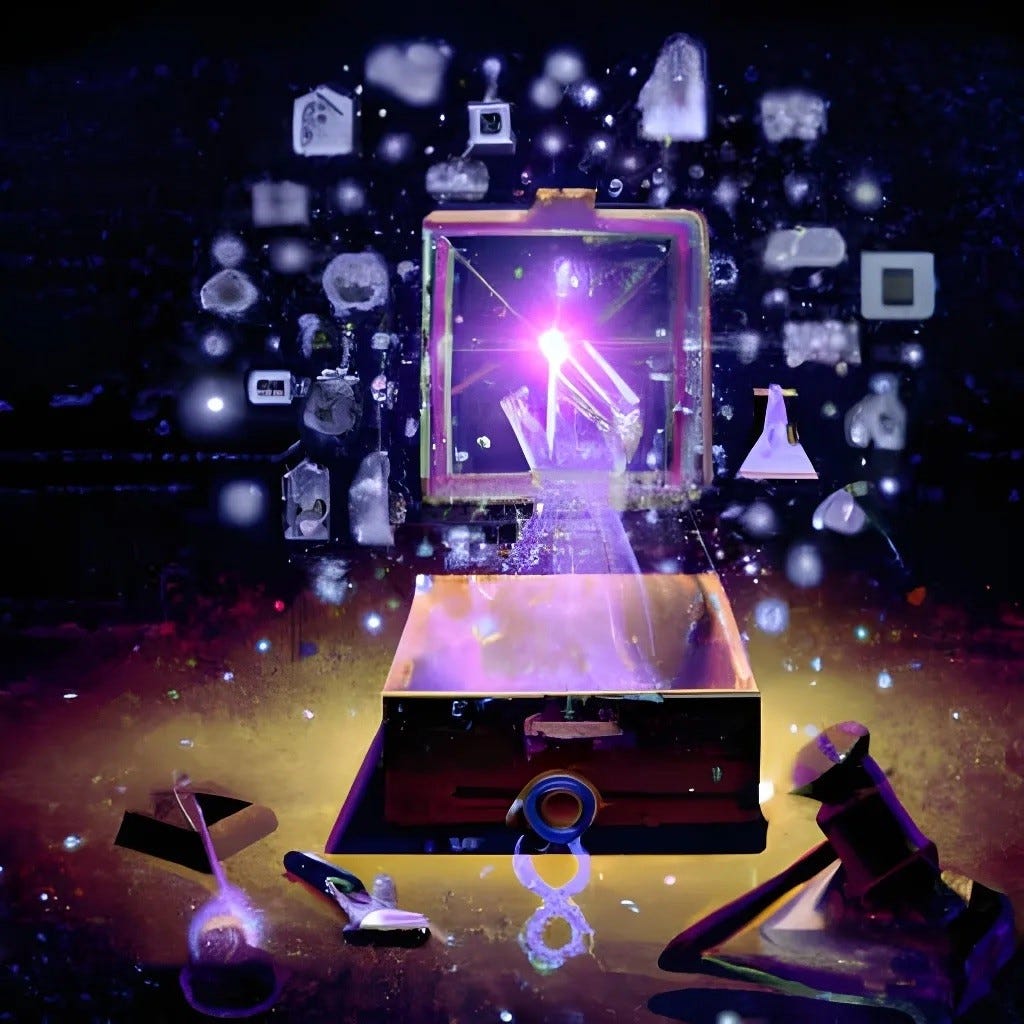Artificial Intelligence (AI) has demonstrated remarkable potential in transforming our world, from revolutionizing industries to enhancing our daily lives. However, recent incidents involving AI-generated images on social media serve as stark reminders of the unimaginable dangers lurking within this technology when pushed beyond ethical limits. While AI offers incredible opportunities, we must recognize the perilous path we tread when we fail to harness its powers responsibly.
The Double-Edged Sword of AI: A Summarized Report
The recent spread of falsified AI-generated images across social media platforms has shed light on the potential dangers of unrestrained AI use. While AI has proven to be a valuable tool, these instances highlight the need to establish boundaries to prevent AI from becoming an uncontrollable force capable of wreaking havoc on society.
AI-generated Images:
- Examples of fake AI-generated images range from fabricated natural disasters to doctored celebrity photographs.
- AI-generated images often exhibit telltale signs such as unnatural painted effects, missing or distorted body parts, and improbable contexts.
- Identifying AI-generated images requires critical thinking and attention to detail, including analyzing physical inconsistencies, watermarking, and contextual clues.
Implications and Risks:
- AI-generated images have the potential to mislead, spread disinformation, and amplify societal divisions.
- The erosion of truth and trust in an era of sophisticated digital forgeries threatens social cohesion and undermines democratic values.
- Financial markets are not immune, as demonstrated by a false AI-generated image briefly affecting US stocks, highlighting the need for vigilance.
The deceptive images that went viral, ranging from fabricated explosions to fictionalized arrests, exemplify the alarming consequences of AI’s misuse. They were expertly crafted to mislead, provoke, and spread disinformation, posing a significant threat to public trust, social cohesion, and even financial markets. These incidents serve as an urgent wake-up call, prompting us to examine the profound risks associated with unrestricted AI deployment.
The essence of AI lies in its ability to learn, adapt, and create. It can mimic human behavior and generate seemingly authentic content, blurring the lines between reality and fabrication. Yet, this very power raises questions about accountability and the potential for catastrophic consequences when wielded irresponsibly. The danger lies not in AI itself, but rather in the intentions and actions of those who manipulate it for nefarious purposes.
As AI algorithms become increasingly sophisticated, we find ourselves grappling with a new breed of threats that test the limits of our societal resilience. The proliferation of AI-generated disinformation, driven by malicious actors, exacerbates existing social divisions and erodes trust in institutions. The rapid dissemination of false information, coupled with the algorithmic amplification of extremist viewpoints, fuels polarization and undermines the democratic fabric of our societies.
Furthermore, the rise of AI-generated images and videos challenges the very notion of truth. As digital forgeries become indistinguishable from reality, our ability to discern fact from fiction weakens. This erosion of trust and the erosion of our collective reality erode the foundations upon which our societies are built, fostering an environment where manipulation and deceit thrive.
To address these perils, it is imperative that we establish robust safeguards and regulatory frameworks to govern the use of AI technology. Accountability should be a paramount concern, with clear guidelines and consequences for those who exploit AI for malicious purposes. Technology companies, policymakers, and society at large must work collaboratively to develop and enforce ethical standards that uphold the integrity of our information ecosystem.
Moreover, we must promote media literacy and critical thinking skills to empower individuals to discern between real and AI-generated content. By equipping individuals with the tools to navigate this new digital landscape, we can mitigate the detrimental effects of AI-driven disinformation and manipulation.
While the potential of AI is vast and transformative, it is crucial that we exercise restraint and prudence in its application. The stakes are too high to ignore the dangers that lie in the unchecked proliferation of AI-generated content. We must approach AI with a deep understanding of its capabilities, accompanied by a strong ethical compass to guide its development and use.
The time has come for a collective reckoning. Let us seize this moment to address the dangers posed by unbridled AI and forge a path towards responsible and beneficial AI integration. Only through thoughtful regulation, public awareness, and a commitment to ethical principles can we harness the true potential of AI while averting the disastrous consequences that loom on the horizon.
In the face of an AI Pandora’s Box, it is our responsibility to ensure that its powers are harnessed for the betterment of society, not as tools of chaos and deception. Let us embrace this opportunity to shape the future of AI and safeguard the very fabric of our interconnected world.
Read Also : New Parliament row: PIL filed in SC seeking inauguration by President Murmu
Follow us : Twitter























